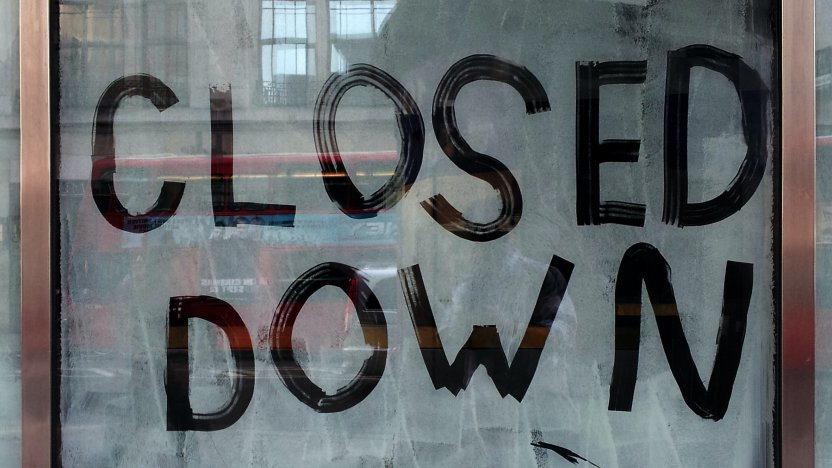IP transactions: When brands go bust

Bankruptcies among high street chains in the UK are becoming an all too familiar sight with household names, such as Thomas Cook and Mothercare going under in 2019, and many companies anticipating financial difficulties as a result of the COVID-19 outbreak, and the recession that is predicted to follow.
Bricks and mortar stores had already been struggling to compete against the new online giants. For many, the COVID-19 pandemic and the resulting lockdown was the final straw.
Laura Ashley, Flybe, Brighthouse, and restaurant chains Carluccio's and Chiquito are just some of the high-street names to have called in the administrators during the pandemic.
As with the collapse of Thomas Cook last year, the IP assets owned by those companies are likely to be sold during the process of liquidation for considerable sums.
Buying and selling IP: key issues to consider
As Trademark Attorney Alastair Rawlence explains, IP and brand value represent one of the most valuable assets of any company, and can survive bankruptcy if managed appropriately. However, there are some specific issues to consider when seeking to buy (or sell) IP when a business goes under or is being restructured. In particular, Alastair recommends considering the following questions:
- Are the IP rights up to date?
Ensuring that ownership/chain of title is up to date is important in every type of IP transaction. Despite tight deadlines, you need to make sure you're buying what you think you're buying. Here, it is important to bring in a specialist to conduct a due diligence exercise over the IP assets, if possible pre-acquisition.
If for reasons of confidentiality or speed it is not possible to conduct the IP audit prior to completion, it should be done at the earliest opportunity. Transfer of all IP assets (see below) needs to be dealt with equally promptly, especially if the company ceases to exist and it is no longer possible for them to sign any relevant documents.
- Is the IP portfolio complete/necessary?
Having reviewed the records and cross-referenced them with other data resources, an analysis of the scope of protection should be undertaken to identify key rights and any that are not required. Even in well-maintained portfolios, there are gaps in protection, usually with good reason, which need to be identified and the possibility of obtaining protection reassessed.
Likewise, the buyer should request a schedule of registered IP rights and pending applications. It is vital that this includes information relating to upcoming deadlines, e.g. renewals, oppositions etc.
Not all IP is a registered right and so an assessment of all company documents will generally be needed to locate other rights, such as copyright or confidential information, licences or distribution rights.
- Are there any ongoing IP disputes?
Make sure that you get good advice on any ongoing IP disputes. Any formal deadlines need to be monitored and the local address for service redirected to forward relevant correspondence to the new owner or their representative, so that nothing goes astray.
- What will be the cost of recordals?
When IP changes hands, records need to be updated at the relevant registries if the rights are to be properly maintained and enforced. If you are dealing with the acquisition of a largish IP portfolio, it’s advisable to take advice on the necessary recordal costs in advance, which can be high.
Rights need to be brought up to date as soon as possible after the acquisition, so it’s important to assess the cost in advance to avoid any delay. If you do not record the changes straightaway, obtaining signatures from the seller will become more difficult as time passes and, in the case of liquidation, can become impossible.
Post-completion: Act quickly
Where an IP portfolio has been purchased following liquidation, there will be limited time to ensure a smooth transfer, so it’s important to act quickly. However, updating IP ownership is not always a simple procedure, and there are a number of potential risks and pitfalls that need to be properly managed and overcome. This is even more the case during the current pandemic, given that many of the strict formalities that are enforced by the different patent and trademark offices are subject to change, at least insofar as certified documents and timescales are concerned.
Accordingly, it is sound practice to use an expert team that can safely and cost-effectively manage such a project through to completion. If you choose to utilise internal resources, consider their qualifications and existing workloads; if you choose to recruit outside support, try to balance experience, expertise and cost. Although the process is complicated, it is easier to manage if the correct support is in place.
For more advice on IP transactions, read our article ‘Time to get it right: IP in M&A’, speak to your Novagraaf attorney or contact us below.